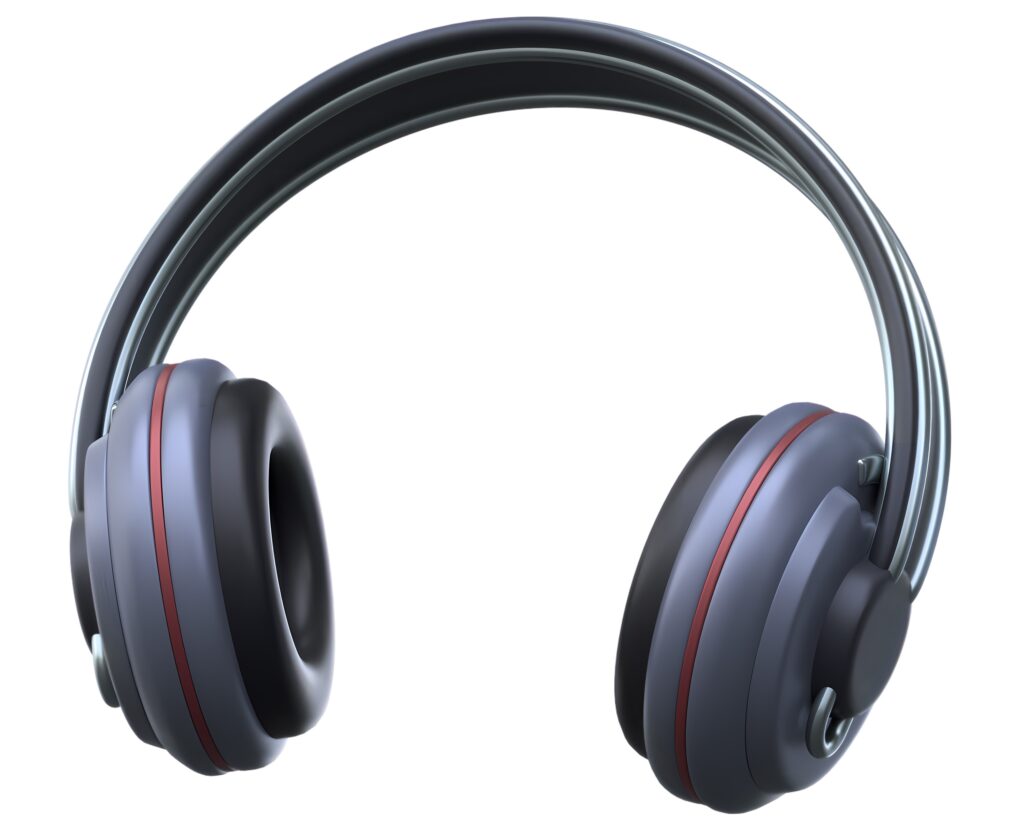 A little black book is a notebook containing an individual’s contacts and their personal information. Like many phrases containing the word black, this one refers to something mysterious. People sometimes refer to a journal, or part of a journal, as their black book or little black book. Some have been known to be full of personal secrets that might be embarrassing if they were shared. That may be true for others, but not for me. Mine contained the names, phone numbers, and addresses of girls.
A little black book is a notebook containing an individual’s contacts and their personal information. Like many phrases containing the word black, this one refers to something mysterious. People sometimes refer to a journal, or part of a journal, as their black book or little black book. Some have been known to be full of personal secrets that might be embarrassing if they were shared. That may be true for others, but not for me. Mine contained the names, phone numbers, and addresses of girls.
It’s been decades since I’ve seen mine and over fifty-three years since it served a useful purpose. (That’s when I met Ruth.) I was going through one of the many boxes we packed when we moved to our condo when I found it. I was looking for something else and wasn’t really sure what the book was until I opened it. That’s when it came flooding back to me. It contains the names of several girls I knew in college. All but one had a telephone number, and all but three contained addresses. They came from several different cities: Harper Woods, Mt. Clemens, Wyandotte, Kalamazoo, Royal Oak, Birmingham, Alma, and Greenville. Some cities had multiple entries.
When I reviewed the names, I remembered they were all from my last two years of college. I’m embarrassed to admit I don’t recall two of the girls at all. And before you chastise me for sharing such a memory, remember Ruth was engaged three times before we married. I didn’t even know her when I recorded names in my book. Ruth didn’t make the book because I memorized everything about her. I didn’t need to write anything down.
One of the oddities I noticed regarding my black book entries was there are no area codes with the telephone numbers. We didn’t need them until the 1960’s. They simply read 886-3530, Au 45668, or 58-88323.
When I researched the origin of area codes, I discovered they’re also known as NPAs or Numbering Plan Areas. They came into play in the late 40’s in larger cities and were fully implemented everywhere by the late 60’s. When area codes were first used, rotary phones were the norm so highly populated areas like New York City (212), Philadelphia (215), Los Angeles (213) were assigned lower digits because they took less time to dial. Less populated cities like Phoenix (602) and Salt Lake City (801) were assigned higher digits.
Today our cell phones have “contacts”. They’re stored on microchips or in “the cloud”. Our female friends, male friends, business associates, favorite restaurants, barber shop, insurance agents, and doctors’ offices share the same space. It sounds very impersonal to me.
Call me old fashion, but if someday my grandsons, Brady and Jackson, have black books of their own I’d be OK with that. On the other hand, I’d prefer Eva’s name and number be found in a limited few.

